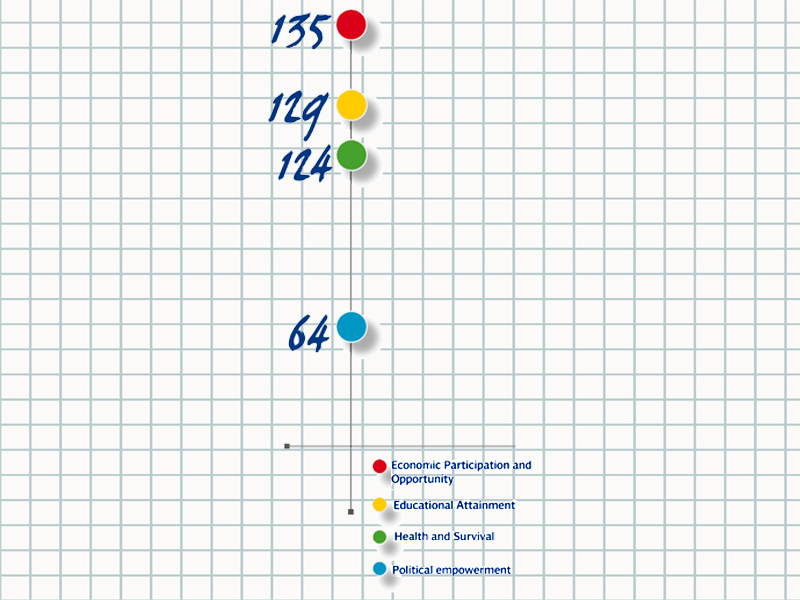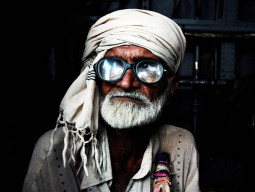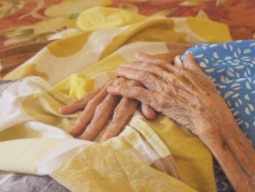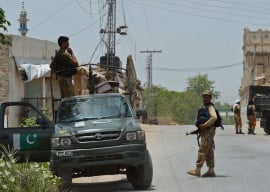
Pakistan is usually described as a country of paradoxes and this was reflected in the World Economic Forum’s Global Gender Gap Report 2013. Pakistan had the second lowest ranking in the report’s overall measure of gender-based biases, but encouragingly, it ranked 64 out of 136 countries when it came to political empowerment of women.
The country ranked 124 on women’s health and survival, 129 on their educational attainment and a staggering 135 again on equal economic participation and opportunity. These were the four categories – termed the “four pillars” – of socio-economic gender inequalities that make up the Global Gender Gap Index.
The WEF report is a series that began in 2006 and the gender gap vis-a-vis these socio-economic categories are measured every year and compared to the previous year in the annual publication. The founders of the report clarify that the Global Gender Gap Index measures proximity to gender equality rather than women empowerment.
Interestingly – and unfortunately – there is another Pakistan paradox seen in the report. This edition concludes that the gap between men and women has narrowed slightly in most countries during the past year. However, Pakistan’s ranking has gradually dropped from 132 in 2006 to 135 this year. The country ranks the lowest in Asia and the Pacific region.
Although Pakistan ranks high in political empowerment for women, its ranking move down from 134th to 135th position last year due to a worsening in the same category of political empowerment.
On the whole, Pakistan’s rankings have not shown much change during the last seven years. Graphs in the report show miniscule difference in all categories – indicating that the state of gender-based biases in Pakistan is abominable and worse, stagnant.
Main findings: slight global step-up
Iceland leads the pack for the fifth consecutive year, having closed over 80% of the gender gap. The Scandinavian countries follow with Finland, Norway and Sweden ranking second, third and fourth, respectively. The Philippines – in a major jump from eighth ranking last year – was at No 5 this year in the Global Gender Gap Index.
Despite this year’s edition concluding that the gender gap overall had narrowed slightly, report founder and author Saadia Zahidi told the BBC that 80% of countries had made progress since 2006. “What’s worrying though is that 20% of countries have made no progress or are falling behind,” she added.
Zahidi pointed at the United Arab Emirates and Saudi Arabia for they had invested in education and health, but had not integrated women into the economy.
On matters of health and survival, the report finds that 96% of the gender gap is now closed and in education, the global gender gap is 93% closed. However, on economic equality, the gender gap is still wide, only closed by 60%.
Pakistan’s Strengths
• Women in Parliament
• Women in ministerial positions
• Sex ratio at birth
•Enrolment in tertiary education
Pakistan’s Weaknesses
• Health life expectancy
• Enrolment in primary and secondary education
• Overall literacy rate
• Professional and technical workers
• Legislators, senior officials and managers
• Wage equality
• Labour force participation
Published in The Express Tribune, October 26th, 2013.
COMMENTS (1)
Comments are moderated and generally will be posted if they are on-topic and not abusive.
For more information, please see our Comments FAQ





















1713893627-4/Shredded-10,000-yen-bill-(1)1713893627-4-270x192.webp)

1713889672-1/Plastic-waste-(2)1713889672-1-270x192.webp)




















I am not surprised, we have been used to see the Pakistan's name in top in all worst things.